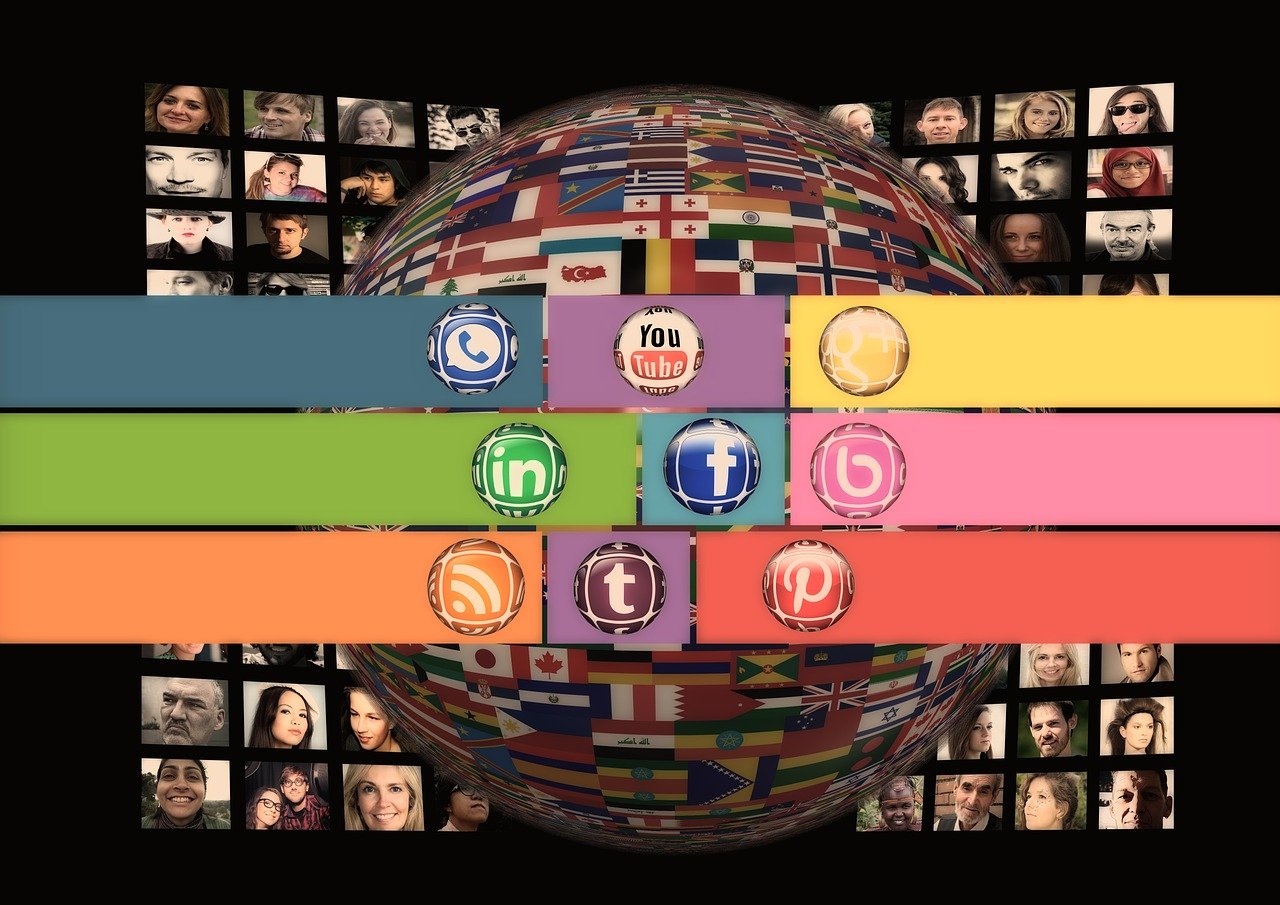
Emerging Trends in Game Monetization: The Shift towards Microtransactions and its Impact
The gaming industry has witnessed a massive transformation over the past decade, with video games becoming a dominant form of entertainment worldwide. As technology advances, so do the ways developers and publishers monetize their games. One of the most significant shifts in recent years is the trend towards microtransactions, a model that has sparked both enthusiasm and controversy among gamers and industry experts alike. In this blog post, we will explore the emerging trends in game monetization, focusing on the rise of microtransactions and its impact on the gaming landscape.
The Evolution of Game Monetization
Traditionally, video games were sold as complete products, with consumers purchasing physical copies or digital downloads. This model predominantly involved a one-time payment for the full game experience. However, with the advent of the internet and digital distribution, a new era of monetization began to emerge. This shift was marked first by downloadable content (DLC), which allowed developers to extend the life of a game by offering additional content for a fee.
As the industry evolved, so did the methods of monetization. The introduction of microtransactions marked a significant departure from traditional models. Unlike DLC, which typically offers substantial content additions, microtransactions involve small, often cosmetic or convenience-based purchases within the game. This model has become especially prevalent in free-to-play games, where the initial download is free, but players are encouraged to make purchases to enhance their gaming experience.

Understanding Microtransactions
Microtransactions can take various forms, including cosmetic items, in-game currency, loot boxes, and gameplay advantages. Cosmetic items, such as skins or outfits, are purely aesthetic and do not impact gameplay. In-game currency, on the other hand, can be used to purchase items or unlock features within the game. Loot boxes are essentially digital grab bags that offer players a chance to obtain rare or exclusive items.
While microtransactions have proven to be a lucrative revenue stream for developers, they have also sparked significant debate within the gaming community. Some players argue that microtransactions provide a way for developers to support ongoing game development, while others criticize them as a form of pay-to-win or gambling.
The Rise of Mobile Gaming and Microtransactions
One of the key drivers behind the rise of microtransactions is the explosive growth of mobile gaming. Mobile games, often designed to be free-to-play, rely heavily on microtransactions for revenue. Titles like “Fortnite” and “Candy Crush” have demonstrated the immense profitability of this model. In 2021, mobile gaming revenue reached unprecedented heights, with microtransactions accounting for the majority of earnings.
The accessibility and convenience of mobile gaming have made it a popular choice for casual gamers, further fueling the demand for microtransaction-based games. This trend has not only influenced mobile game development but has also encouraged traditional game developers to incorporate microtransactions into their titles.
Impact on Game Design and Player Experience

The shift towards microtransactions has had a profound impact on game design and player experience. Developers now face the challenge of balancing monetization with user satisfaction. On one hand, microtransactions can enhance gameplay by providing players with customization options and additional content. On the other hand, excessive reliance on microtransactions can lead to a fragmented experience, where players feel pressured to spend money to progress or compete.
Some games have been criticized for implementing aggressive monetization strategies, such as paywalls or pay-to-win mechanics. These practices can create an uneven playing field, where players who are willing to spend money have a significant advantage over those who do not. As a result, developers must carefully consider how microtransactions are integrated into their games to avoid alienating their player base.
Regulatory and Ethical Considerations
The rise of microtransactions has also prompted discussions around regulatory and ethical considerations. In some countries, loot boxes have been classified as a form of gambling, leading to calls for stricter regulations. The potential for addictive behavior, especially among younger players, has raised concerns about the ethical implications of microtransaction-based gaming.
In response to these concerns, some developers have implemented measures to promote transparency and fairness. For example, disclosing the odds of obtaining specific items from loot boxes or offering ways to earn premium currency through gameplay can help address some of the criticisms associated with microtransactions.
The Future of Game Monetization
As the gaming industry continues to evolve, so too will the methods of monetization. While microtransactions are likely to remain a dominant force, there is potential for new models to emerge. Subscription services, such as Xbox Game Pass and PlayStation Now, offer players access to a library of games for a monthly fee, providing an alternative to traditional purchasing models. Additionally, advancements in technology, such as virtual reality and cloud gaming, may open up new opportunities for monetization.

Ultimately, the future of game monetization will depend on the ability of developers and publishers to balance profitability with player satisfaction. As the industry continues to grow and adapt, it will be crucial for stakeholders to consider the long-term impact of their monetization strategies on both the gaming community and the industry’s reputation.
Takeaways
The shift towards microtransactions represents a significant trend in game monetization, driven by the rise of mobile gaming and changes in consumer behavior. While this model offers lucrative opportunities for developers, it also presents challenges in terms of game design, player experience, and ethical considerations. As the gaming industry navigates these complexities, it will be important for stakeholders to prioritize transparency, fairness, and player engagement. By doing so, they can ensure the sustainability of the industry and maintain the trust of their audience. As we look to the future, it is clear that the landscape of game monetization will continue to evolve, presenting both challenges and opportunities for innovation.
Exploring Alternative Monetization Models
While microtransactions have dominated the conversation, there are other monetization models that developers are exploring to diversify their revenue streams. One such model is the “freemium” approach, which offers a basic version of the game for free, with premium features or content available for purchase. This model allows players to try the game before committing financially, potentially increasing player retention and satisfaction.
Another emerging trend is the integration of advertisements within games. While traditionally frowned upon by players, developers are finding creative ways to incorporate ads that do not disrupt the gaming experience. For example, rewarded ads offer players in-game currency or bonuses in exchange for watching a short advertisement. This approach can be mutually beneficial, providing players with free content while generating revenue for developers.

Moreover, some developers are adopting a community-driven approach to monetization, leveraging platforms like Patreon to receive direct support from their players. This model fosters a closer relationship between developers and their community, allowing players to have a say in the development process and receive exclusive content in return for their support.
The Role of Community and Feedback
In the era of microtransactions, community engagement and feedback have become more crucial than ever. Developers are increasingly relying on player feedback to fine-tune their monetization strategies and ensure they align with player expectations. Engaging with the community through forums, social media, and live events allows developers to gauge player sentiment and address concerns in real-time.
Positive community interaction can lead to higher player loyalty and satisfaction, which in turn can drive revenue growth. Games that focus on building a strong community often see better retention rates and a more positive reception to monetization efforts. Developers who listen to their players and make adjustments based on feedback are more likely to succeed in the competitive gaming landscape.
Balancing Profitability and Player Satisfaction
At the core of the microtransaction debate is the need to balance profitability with player satisfaction. Developers must carefully design their monetization strategies to ensure they do not impede the overall enjoyment of the game. Transparency in pricing and the value of in-game purchases are key factors in maintaining player trust.

Games that offer meaningful content and a sense of achievement without the need for excessive spending are more likely to foster a positive player experience. By focusing on delivering quality gameplay and fair monetization practices, developers can achieve a sustainable balance that benefits both their bottom line and their community.
Technological Advancements and Their Impact
As technology continues to advance, it is reshaping the possibilities for game monetization. The rise of cloud gaming and streaming services has introduced new ways for players to access games without the need for expensive hardware. This shift is also influencing monetization models, with some services offering subscription-based access to a vast library of games.
Virtual reality (VR) and augmented reality (AR) are also opening up new avenues for immersive gaming experiences, which could lead to innovative monetization opportunities. As these technologies become more mainstream, developers may explore unique ways to integrate microtransactions or subscriptions into these platforms, potentially revolutionizing the gaming landscape once again.
Conclusion: The Road Ahead
The shift towards microtransactions in the gaming industry is a reflection of broader changes in consumer behavior and technology. While this trend has faced criticism, it also offers opportunities for innovation and growth. As developers continue to experiment with new monetization models, it will be essential to prioritize player engagement, transparency, and fairness.
The future of game monetization is likely to be shaped by a combination of microtransactions, subscriptions, and emerging technologies. By staying attuned to player needs and industry trends, developers can create a sustainable and thriving gaming ecosystem that benefits both creators and consumers. As the industry evolves, the key to success will lie in finding the right balance between profitability and player satisfaction, ensuring that gaming remains a beloved form of entertainment for generations to come.



